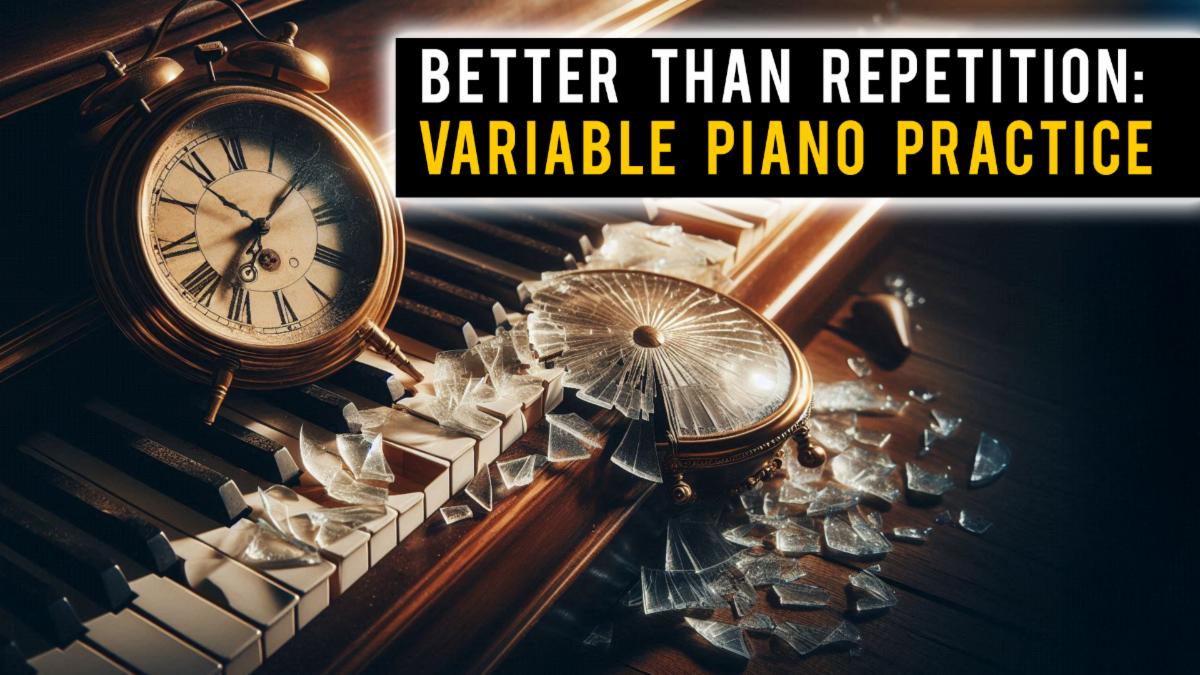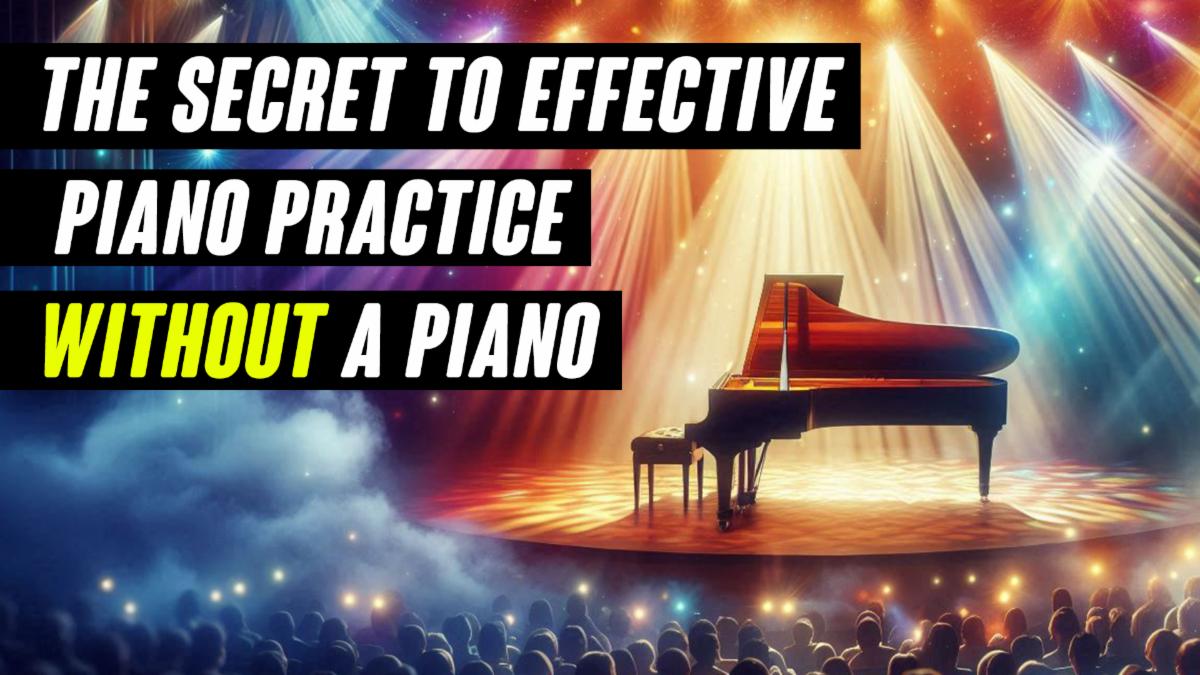I’m Robert Estrin. Welcome to LivingPianos.com. Want to improve your piano skills overnight? Literally? Let’s discuss how sleep plays a crucial role in musical learning.
The Role of Sleep in Learning
Sleep is essential for memory consolidation. Scientifically proven, practicing before sleep can improve retention and enhance skills. We’ll explore how to align your practice schedule with your sleep patterns for optimal learning.
Optimizing Practice and Sleep
By ensuring adequate rest, you’re not just recharging your body but also solidifying your musical learning, making sleep an essential part of your practice routine. This doesn’t mean that you have to hold off on practicing until just before bedtime. Instead, keep your normal practice regimen. Then, sometime before going to bed, revisit what you have practiced and played during the day. Your music will permeate your brain while you sleep and help with retention. By prioritizing sleep and aligning it with your practice schedule, you can enhance your learning efficiency and overall performance quality.
Looking to get more out of your practice? The Living Pianos Mastermind Club offers expert support, proven techniques, and a supportive community to help you reach your musical goals faster. Click here to schedule your free consultation and elevate your playing today!





